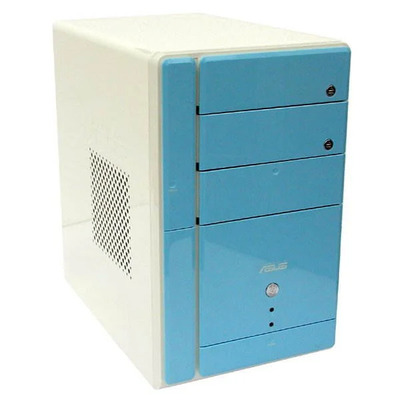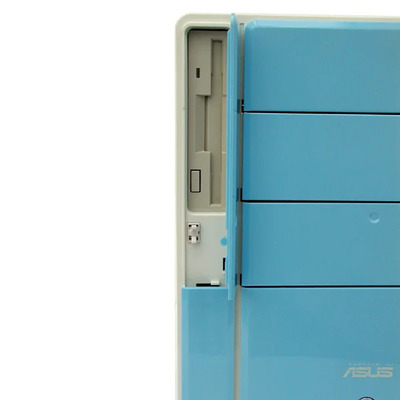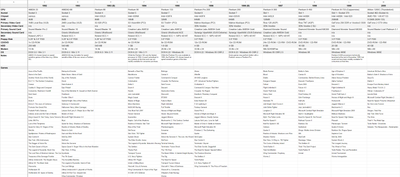Reply 180 of 232, by ElectroSoldier
- Rank
- Oldbie
VivienM wrote on 2023-11-02, 23:54:And then the other interesting question is... which of those are available today, 25-30 years later? […]
ElectroSoldier wrote on 2023-10-31, 05:35:Which is why this thread is more interesting than it might appear, because it makes you/me/us think what a Ultimate PC of any given year really was.
What we expect to do with it now and what we did with them then.And then the other interesting question is... which of those are available today, 25-30 years later?
I suspect, for example, that things that became mainstream a year or two later (e.g. a Pentium 166) are probably relatively easy to find today, but things that stayed high end and were discontinued (e.g. a 1GHz Slot 1 PIII, although that's not on the OP's list) are going to be much, much, more rare. I think it's only in the very late 1990s, then starting in the early 2000s that Intel/AMD/etc launched dedicated low-end parts instead of just selling two years' ago high-end part at a lower price.
Some things were crazy ubiquitous, e.g. SoundBlaster 16s or AWE32s, even in far-less-than-high-end systems. Same with things like modems; sure, I remember that in 1994-5, some low-end systems had 2400 bps modems, some mid-end systems had 14.4 modems, and maybe some really high-end machines came pre-installed with brand new 28.8 modems, but that's not a trend that lasted - I think within a year or two all classes of PCs adopted the newer modems, especially once Winmodems rolled around. Some things cost such a steep premium that only rare high-end systems would have had them.
Doesn't help that I would suspect that high-end systems are actually more likely to have been e-wasted a long time ago than lower end systems that might have quietly been doing someone's word processing or accounting or whatever just fine with whatever 1993-era software they had for 2+ decades.
Yeah I cant really remember there being a level of tech until that point that was made to be the mid range.
I mean there were budget options in the past but from what I hear they were the CPUs that didnt quite meet the performance expectations so they dropped the bar and sold them anyway with lower specs.
The slot 1 PIII 1GHz was an unusual beast, it was the future of CPUs but only in part because the replacement socket had already become established. but they developed it because it had the speed. Theyre rare because they didnt make many.
Modem speeds raced away but the ISPs didnt keep up with the changes so for a lot it didnt matter if you had a 28k modem, they couldnt match you anyway. I know that was the case here in the UK, especially in the later years when the v.90 and V.92 standards came in. Some ISPs never went to V.92 because they just upgraded to V.90 and then DSL was on the horizon.
I think a lot of systems were seen as useless junk and sent to eWaste years ago. I know Ive thrown many a Pentium system into eWaste in the past, and I mean upto Pentium 3 1GHz systems. hundreds of them. Because I just didnt see any value in it at the time. The ones I still have now I had some sentimental attachment to.
VivienM wrote on 2023-11-03, 00:56:ElectroSoldier wrote on 2023-11-03, 00:41:Dell was still fitting a floppy as standard to 3GHz P4 Prescott systems
I think they made the floppies optional on the lower-end systems first. I have a vague recollection of my dad ordering either a Dimension 2400 or 3000, a hotburst Celeron 2.4, and having to select the optional floppy. That would have been... what? 200...4?
They were always optional, but you had to remove them from a build up to a point in time and then beyond that point they were an option to be included.



